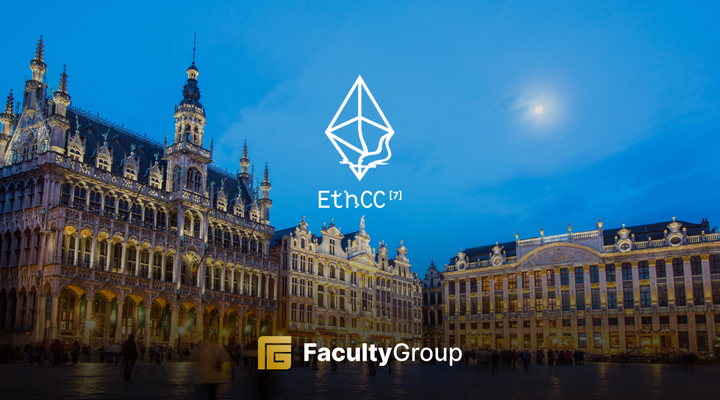Tokenisation 3.0: Consumer tokens

In the world of web3, there has been a clear focus on tokens as a vehicle for financial gain. At Faculty Group we would divide tokenisation into three distinct “buckets”: Consumer, Financial and RWAs.
All of these are in fact use cases for digital asset technology; but the goal of each is very different. Financial tokens are cryptos and altcoins used for speculation during the past two bull markets to achieve returns over a short time period. This has been the focus of institutional, retail and venture capital investors in web3 since its inception.
Over the past two years we have seen the rise of non-fungible tokens or NFTs and how the narrative of speculation has been applied to these tokens which have very different features. NFTs have been wrapped in cool media but their primary feature is still marketed or seen as financial gain.
These financial tokens are ‘cloaked’ in media (as NFTs) with baked-in features (utility) to work around securities regulation, especially in the US, but this seldom hides the obvious. In most cases, issuers are throttling supply by either building in complicated airdrop structures to create exclusivity. This means that in reality, they are pumping the secondary market, rather than getting as many tokens into the hands of consumers as possible. This distorts the pricing and the value associated with the token. Either way it misses the point.
We would like to introduce the concept of NFTs as ‘Consumer Tokens’, which should be measured on the value they bring to consumers and brands, not by a floor price! These can be used for many traditional web2 marketing metrics, such as loyal, membership, access pass, exclusive content, status updates, badges, etc. These metrics are about building customer loyalty and engagement; for example, people may get discounts because they earned enough loyalty points to reach the reward tier but it is not the same thing as flipping your ‘consumer tokens’ to earn 3x returns.
The goal should be to get as many tokens into the hands of consumers to start collecting data; which is the foundation of the relationship with the token holder. Connecting online and offline engagement, segmenting users to start programming rewards, access and all that other fun stuff we can super-serve at the individual level to give customers’ personalisation at an unprecedented scale. This creates loyalty which increases LTV and we all know LTV is more effective and efficient in driving revenue than consumer acquisition. This is why brand’s spend in excess of $350b a year on loyalty marketing.
We need to lose the NFT label and interface with businesses and brands where they are today in their verticals. At Faculty Entertainment, we want to talk about your metrics and what problems need solving for consumer brands and products.
We build products and services to bridge web2 to web3, using Consumer tokens and the technology behind them to better enable customer acquisition, behaviour, relationships and retention. We believe consumer tokens are another tool we can use to build better consumer relationships between brands, artists, entertainers and their customers, fans and supporters.








